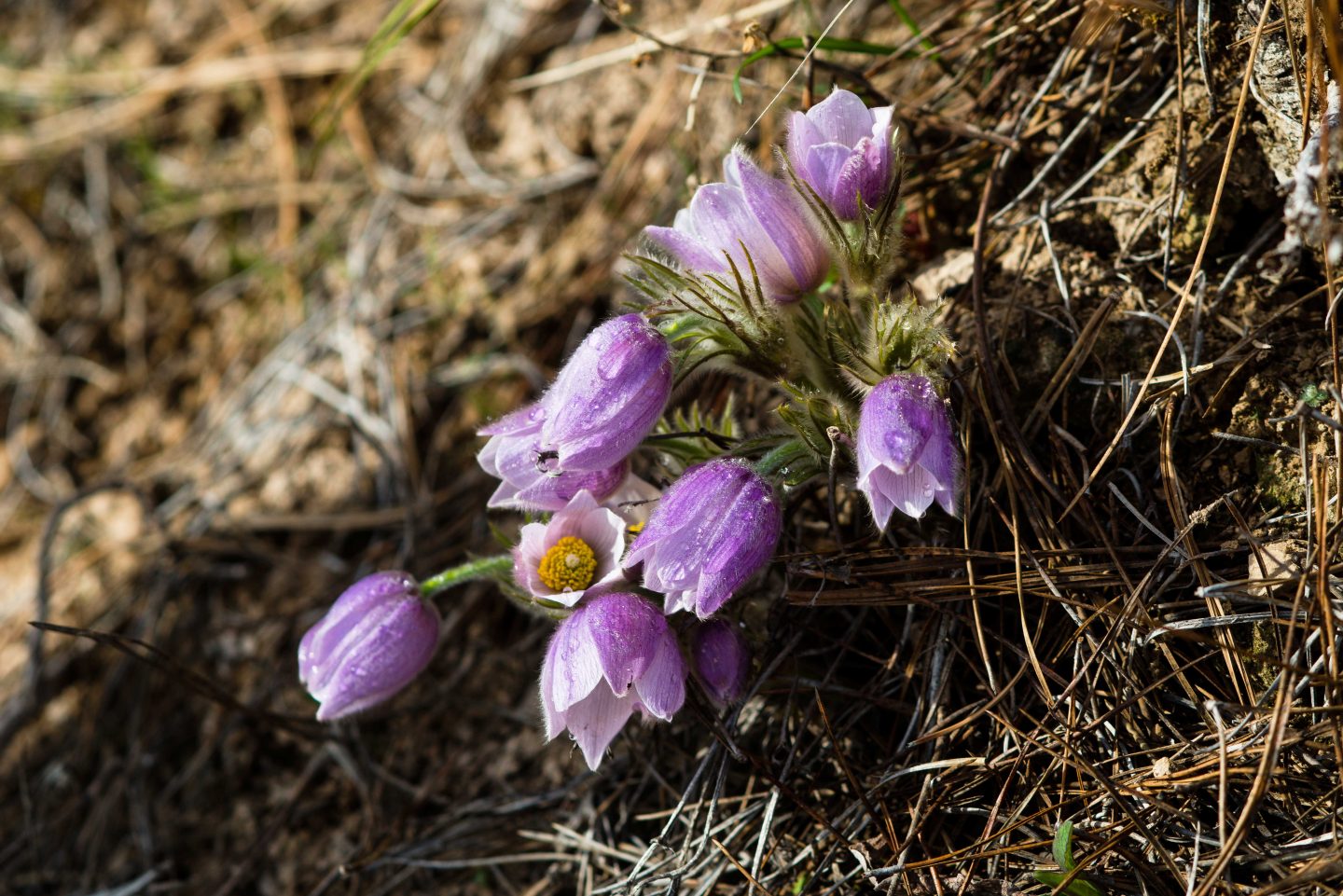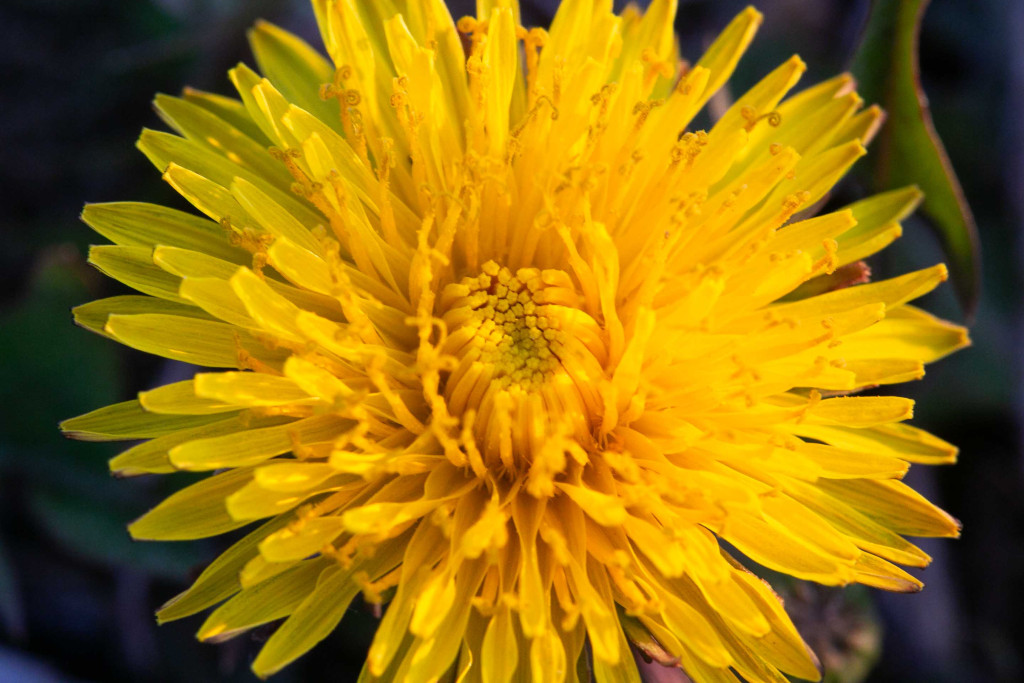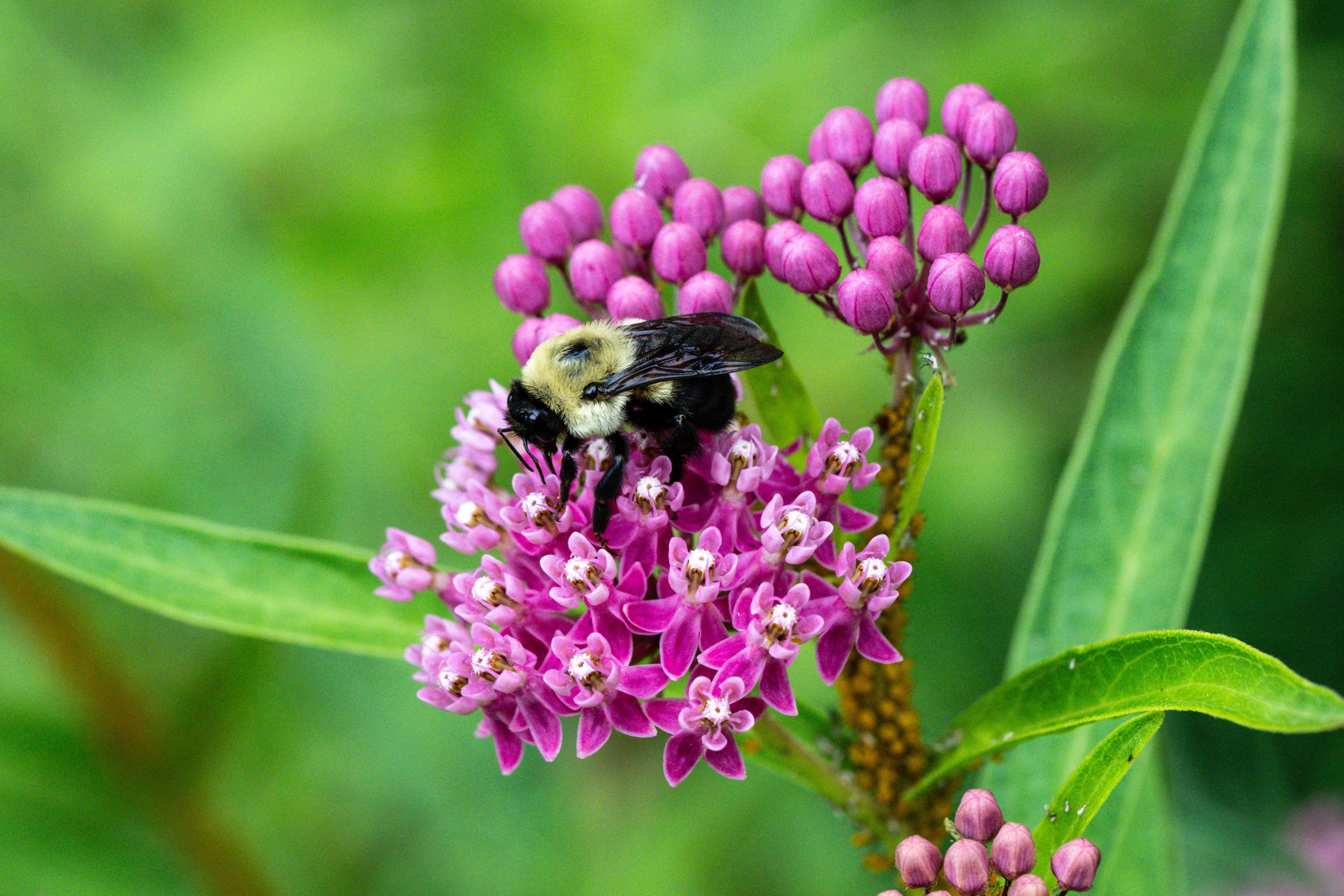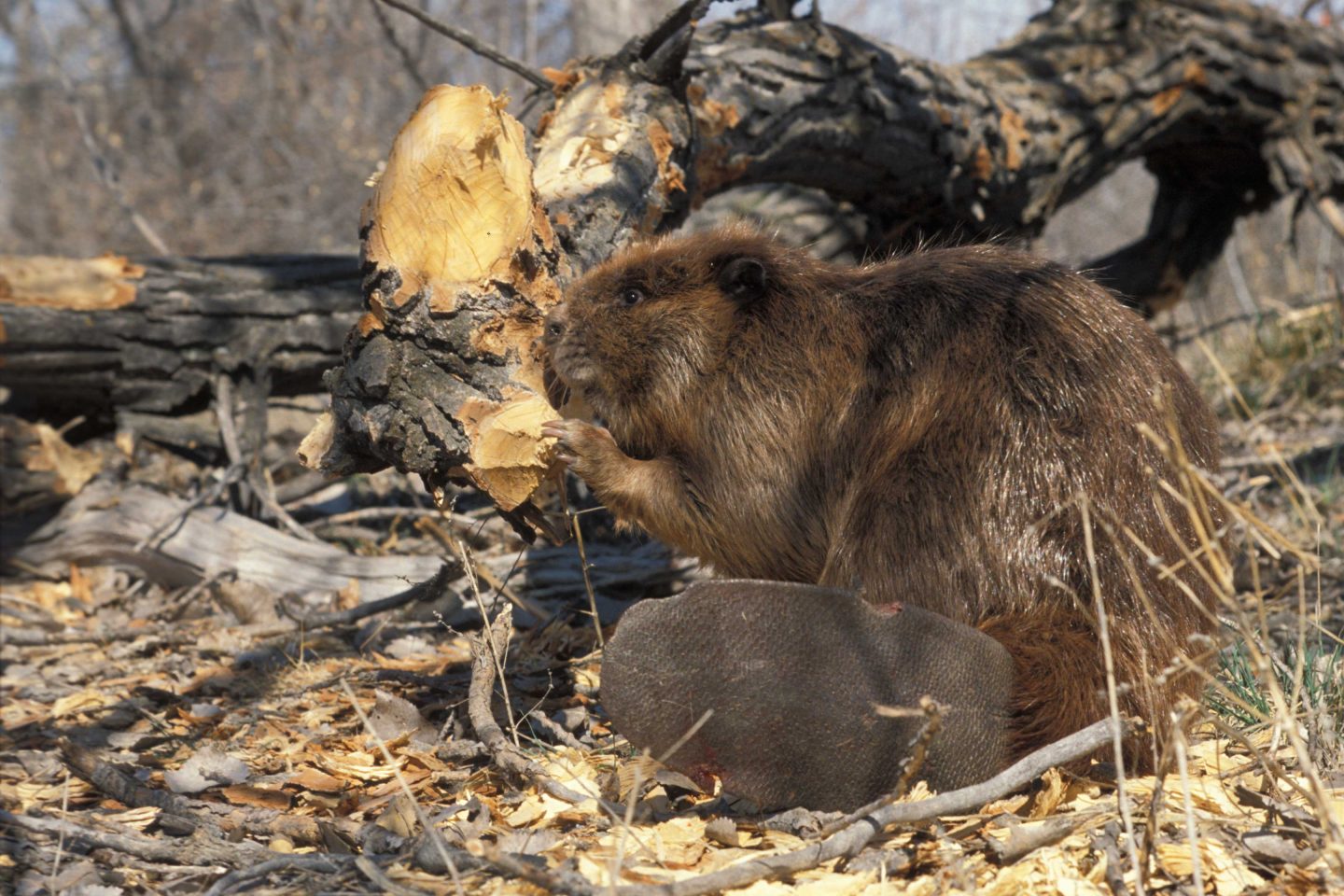
By Monica Macoubrie, Wildlife Education Specialist
Spring is a special time in Nebraska for many reasons. Maybe it’s the first pop of color from a pasque flower or the moment you spot a robin tugging a worm from thawed soil. After months of brown and gray, everything starts to come alive again, and as the days grow warmer and plants begin to bud, animals take notice. The arrival of new growth means food, shelter and a signal that it’s time to get moving.
A Long-Awaited Snack
For many animals, the tender, young plants of spring are the first real meal they’ve had in a while. After scraping through winter on whatever scraps they could find — bark, dried seeds or even each other’s leftovers — spring opens up more opportunities for food.
Take groundhogs, for example. As true hibernators, they spend months tucked underground, living off stored body fat. When they finally emerge in spring, they’re groggy, skinny and hungry. Their first stops? Grassy openings and weedy patches where wildflowers and forbs are starting to sprout. They’ll happily munch on clover and dandelions — pretty much anything soft and green.
Wild turkeys also waste no time filling up on newly-available nourishment. As the snow melts and plants start pushing through, turkeys move through prairies, woodlands and even pastures to scratch through leaf litter and peck at the first greens they can find. Young shoots, tender leaves and emerging insects all make it onto turkeys’ spring menu. This fresh food helps females build up energy before nesting season kicks in.
Eastern cottontail rabbits that have spent most of the winter chewing bark and dodging predators in brown, withered fields happily switch back to greens. Tender dandelion leaves, clover and the first blades of grass are all on the menu. It’s not uncommon to see them grazing in the early morning or at dusk at the edge of our neighborhoods or under the cover of thickets.

Buzzing Back to Life
As plants begin to wake, so do our pollinators, and in early spring, timing is everything.
The moment the soil warms and sunlight lingers a little longer, the first wildflowers start to emerge: wild plum, spring beauty, violets and even the humble dandelion. These early bloomers may seem unremarkable to us, but to a bee shaking off winter’s chill, these offerings are like that of a five-star restaurant.
These first flowers are more than just pretty, they’re essential. Native pollinators emerging from hibernation or dormancy rely on them as vital food sources. And in return, those flowers depend on pollinators to reproduce. It’s a tightly woven partnership — delicate, efficient and quietly powerful. Without flowers, there’s no food for pollinators. And without pollinators, plants struggle to carry on with the next generation. Together, they keep ecosystems humming.
And it’s not just bees. Flies, beetles, moths and even early butterflies join the spring rush, each drawn to specific blooms. In Nebraska’s grasslands and woodlands, these insects play a critical role in maintaining healthy, resilient plant communities.
So, as we welcome spring, take a moment to look closer. That single blooming flower and the tiny insect visiting it may be setting the stage for the entire growing season.

Not Just Food
Spring plants are more than just a food source for wildlife — many animals rely on plant material to build their homes, raise young and stay safe as the landscape greens up.
As soon as the first warm days arrive, songbirds start collecting nesting materials. You’ll often see them flitting back and forth with beaks full of dried grasses, soft plant stems, spider silk or even the fluff from last year’s milkweed pods. These early green plants often provide not just structure but also camouflage, blending nests into the blooming branches and brush. For example, wrens, robins, orioles and meadowlarks craft sturdy little homes tucked into shrubs or tree forks.
Squirrels, meanwhile, get busy upgrading their dreys, or nests. They’ll peel bark from branches and use young twigs to weave together leafy nests high in the trees. You might even hear them chattering as they leap from limb to limb, gathering just the right bits of material to line their homes for comfort and protection.
And then there are beavers—Nebraska’s quiet engineers. As willows and cottonwoods leaf out along streams and rivers, beavers collect fresh shoots to reinforce their lodges and dams. They’ll gnaw down saplings with signature precision, dragging branches back to the water to patch up winter damage or add to their expanding empires. These springtime repairs help maintain the ponds and wetlands that support countless other species—frogs, turtles, ducks and fish all benefit from the beavers’ handiwork.

Even insects and arachnids get in on the building boom. Leafcutter bees snip perfect half-moon shapes out of soft leaves, using them like wallpaper for their underground nests. Caddisflies in nearby streams gather bits of plant debris to build protective cases for their aquatic larvae. And spiders stretch silk between blades of new grass, creating intricate traps to take advantage of the surge of spring insect life.
Timing is Everything
These interactions might seem small, but they’re incredibly important. If a late frost hits and knocks back early blooms, pollinators can suffer. If insects emerge too early — or too late — migrating birds might miss their window to refuel as they make their way to their final destinations. It’s all part of a delicate rhythm that’s been fine-tuned over centuries.
So, next time you’re out for a spring hike or just sipping coffee on the porch, take a moment to notice what’s budding, buzzing or bouncing through the grass. These early-season interactions are what keep Nebraska’s natural world ticking.
